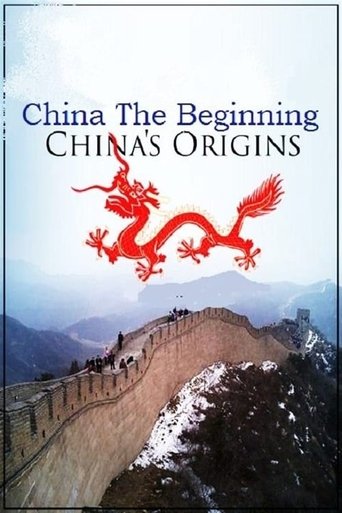
The First Emperor
Qin Shi Huang was the first emperor of the Qin Dynasty. He became King at the age of 12 and lived in the 2nd century BCE. According to historical records, he had an army of one million professional soldiers built, and was the one who initiated construction of the Great Wall of China In 1974 the most important archaeological discovery in the world took place when more than 8000 life-size clay warriors were uncovered in Xi an, China. The clay army lies in the greatest mausoleum in the world, and archaeologists assert that it was meant to protect Emperor Qin Shi Huang in his journey after death. Each soldier was created with unique characteristics and was placed according to rank. Horses, weapons and other objects were also discovered.
Country: FR
Language: En
Runtime:
Season 1:

Not much is known about this first Chinese dynasty -- in fact, until fairly recently, most historians thought that the Xia dynasty was a myth. But the archeological record has proven them wrong, for the most part. The Xia dynasty is thought to have been founded by Yu the Great, who was born in 2059 BC and considered a descendant of the Yellow Emperor. His capital was at Yang City. Yu is a semi-mythical figure who spent 13 years stopping the great flood and brought irrigation to the Yellow River Valley. Yu was the ideal hero and ruler ascribed a mythical dragon birth. He became god of the soil.

The Shang Dynasty was also believed to be a myth for a long time, but its existence has been corroborated by many archaeological discoveries since 1959. The Shang Dynasty supposedly began when the last Xia ruler was overthrown in a rebellion. During this time, the Chinese developed a fairly sophisticated writing system, a very early version of written Chinese character still used to this day. Written inscriptions have been found on turtle shells and animal bones (known as oracle bones) as early as 1500 BCE. Such oracle bones "shell bone") were used by ancient Chinese rulers for divination. These ancient Chinese believed that the natural elements of the world came from some mystical power which could cause natural disasters such as floods and drought. They would try to predict or divine the future by drilling holes in the bones, then heating them until they cracked. A diviner would then read the cracks which were viewed to be messages from nature and inscribe the messages on the shells or bones.

Qin Shi Huang was the first emperor of the Qin Dynasty. He became King at the age of 12 and lived in the 2nd century BCE. According to historical records, he had an army of one million professional soldiers built, and was the one who initiated construction of the Great Wall of China In 1974 the most important archaeological discovery in the world took place when more than 8000 life-size clay warriors were uncovered in Xi an, China. The clay army lies in the greatest mausoleum in the world, and archaeologists assert that it was meant to protect Emperor Qin Shi Huang in his journey after death. Each soldier was created with unique characteristics and was placed according to rank. Horses, weapons and other objects were also discovered.





















